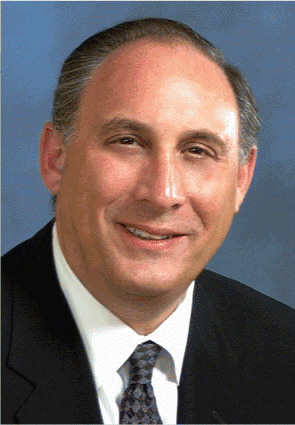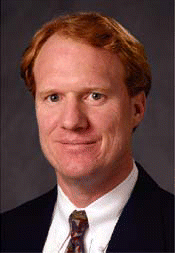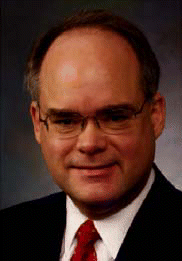The decision to engage saled and marketing representives should be made carefully because the arrangements are subject to significant scrutiny under the federal Anti-Kickback Statute (AKS) and state equivalents.


The decision to engage saled and marketing representives should be made carefully because the arrangements are subject to significant scrutiny under the federal Anti-Kickback Statute (AKS) and state equivalents.
Americans, on average, currently spend more than $10,000 a year per person on healthcare. This is a dramatic and unsustainable increase from an average of $160 per person in 1960. […]

With more and more patients doing their own searching for the “right” doctors, those otolaryngologists who stand out the most—a goal usually accomplished with help from a reputable public relations firm—are more likely to get the lion’s share of business.

If you think your patients are finding your otolaryngology practice by looking in the Yellow Pages, think again. Increasingly, patients are deciding which physician to call by visiting the web and reading feedback on sites like vitals.com, healthgrades.com, lifescript.com and drscore.com.

In this economy, investing in advertising as a way to increase profits is an attractive idea. But, before you reach out to a marketing firm, let me tell you about a recent scenario that happened to one of my physician clients.

It’s a common challenge: In a tough economy, do you spend to increase patient revenue or save to keep your practice afloat?

Part 2 of 3 articles

Electronic medical records (EMR) are to health care professionals what world peace is to humanity-everyone wants it, but not everyone agrees how to go about it.

Pharmaceutical company representatives (PCRs) are as ubiquitous in otolaryngologists’ offices as seasonal allergies and ear infections.

An estimated 31 million Americans are affected by some level of hearing loss and, as the population ages, that number will continue to rise.